Novice gardner looking for woodland ideas help
Bsilberz
9 years ago
Related Stories
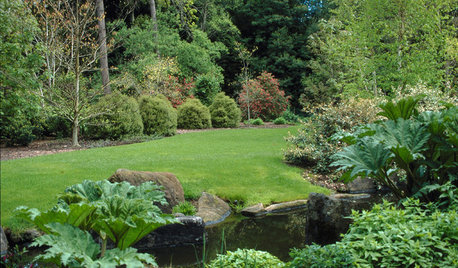
GARDENING GUIDESYou Don't Need Prairie to Help Pollinators
Woodlands, marshes, deserts — pollinators are everywhere
Full Story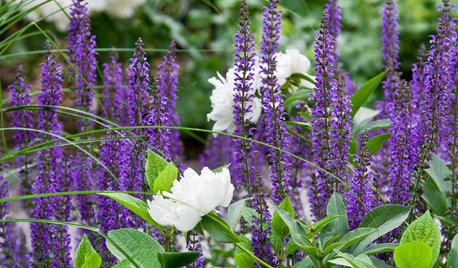
GARDENING AND LANDSCAPINGGarden Tour: Colorful, Serene Woodland Near Boston
Exuberant perennials, outdoor rooms and a surrounding woodland come together to create a beautiful landscape in Massachusetts
Full Story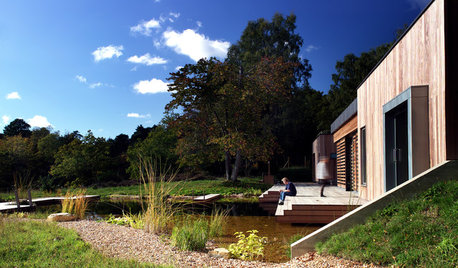
MODERN HOMESHouzz Tour: Nature and Efficiency Inspire a Woodland Home
This English design plays up simplicity, natural light and its spectacular forest setting
Full Story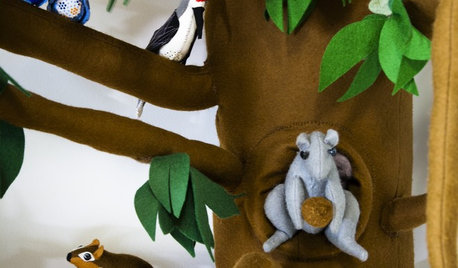
KIDS’ SPACESAn Enchanted Woodlands Playroom Roots for Imagination
Beguiling and creative, this storybook playspace in a Brooklyn brownstone is right out of a child's dream
Full Story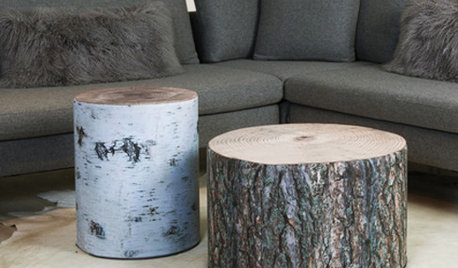
PRODUCT PICKSGuest Picks: Woodland Friends Roam Through Decor
Fake a forest in your foyer — or living room or bedroom — with fox, mushroom and faux-bois accents
Full Story
PRODUCT PICKSGuest Picks: Uncle Beefy's Eclectic Woodland Retreat
Blogger Uncle Beefy Shows How Rustic Style Can Still Be Chic
Full Story
LIFE12 House-Hunting Tips to Help You Make the Right Choice
Stay organized and focused on your quest for a new home, to make the search easier and avoid surprises later
Full Story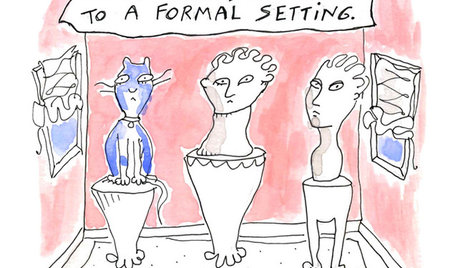
MOST POPULAR7 Ways Cats Help You Decorate
Furry felines add to our decor in so many ways. These just scratch the surface
Full Story
WORKING WITH PROS3 Reasons You Might Want a Designer's Help
See how a designer can turn your decorating and remodeling visions into reality, and how to collaborate best for a positive experience
Full Story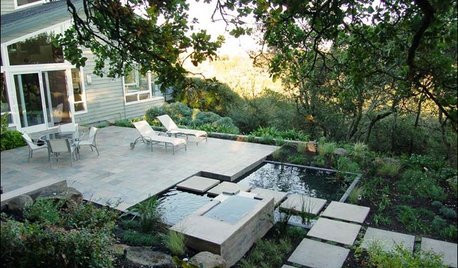
LANDSCAPE DESIGNHow to Look Good From Any Angle (the Garden Edition)
Does your garden pique interest from one vista but fall flat from another? These tips and case-study landscapes can help
Full StoryMore Discussions






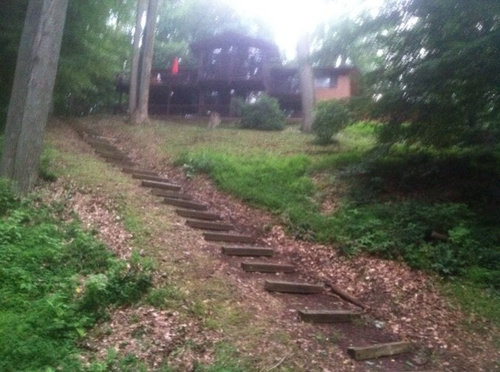

agkistrodon
JillyWillyCT
Related Professionals
Rancho Cordova Landscape Architects & Landscape Designers · Saint Matthews Landscape Architects & Landscape Designers · Edwardsville Landscape Contractors · Hurricane Landscape Contractors · Shafter Landscape Contractors · Downers Grove Fence Contractors · Eastvale Fence Contractors · Green Valley Fence Contractors · Leander Fence Contractors · Lenexa Fence Contractors · Waunakee Fence Contractors · Winter Park Fence Contractors · Fountain Valley Fence Contractors · Philadelphia Siding & Exteriors · St. Louis Siding & ExteriorsBsilberzOriginal Author
achang89
edlincoln
bonniesboop
dbarron
wisconsitom